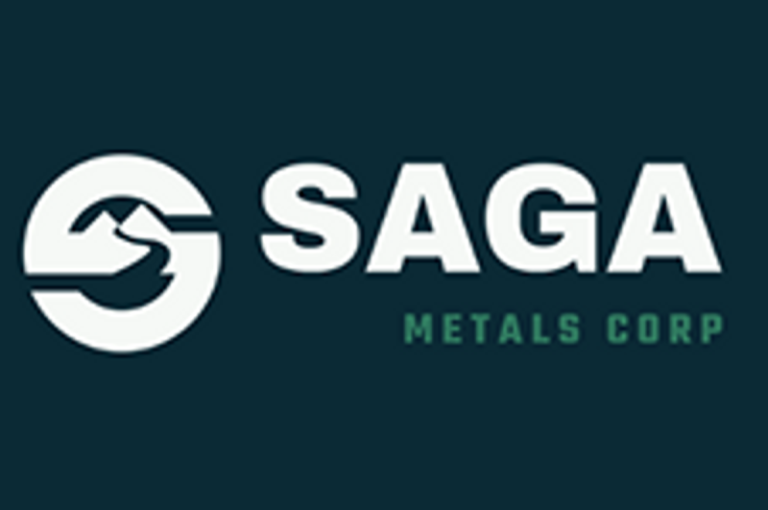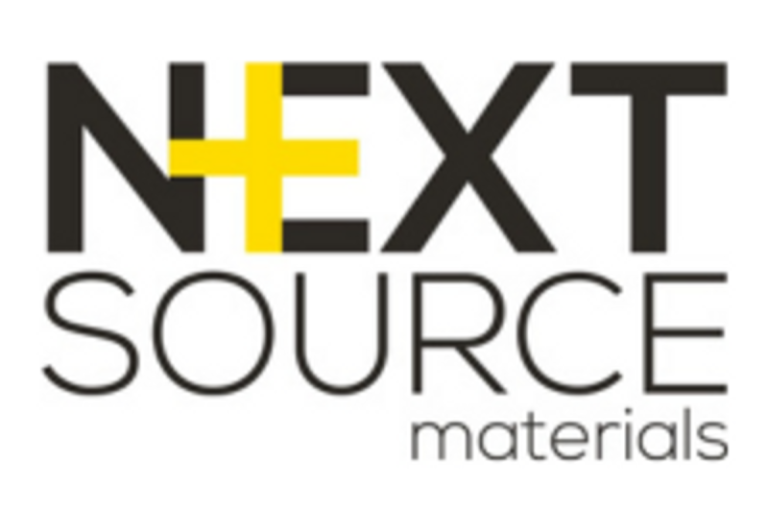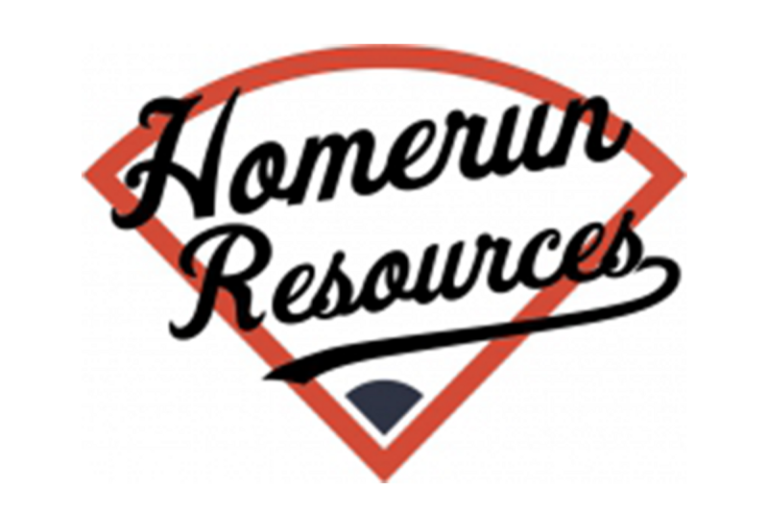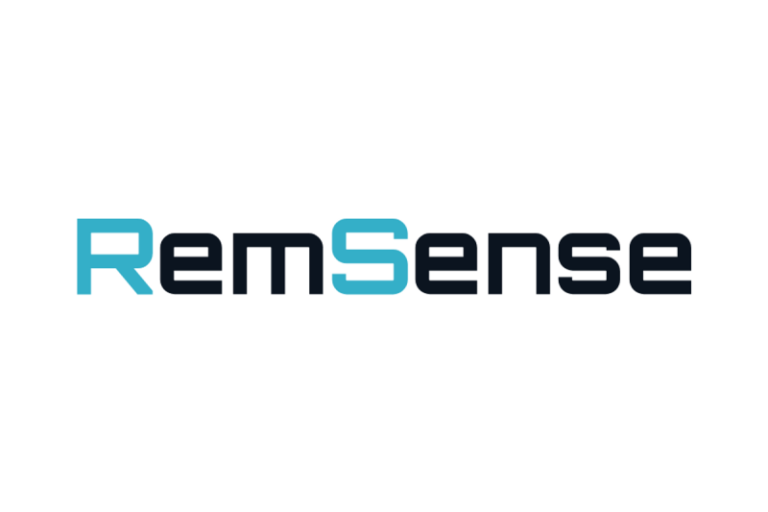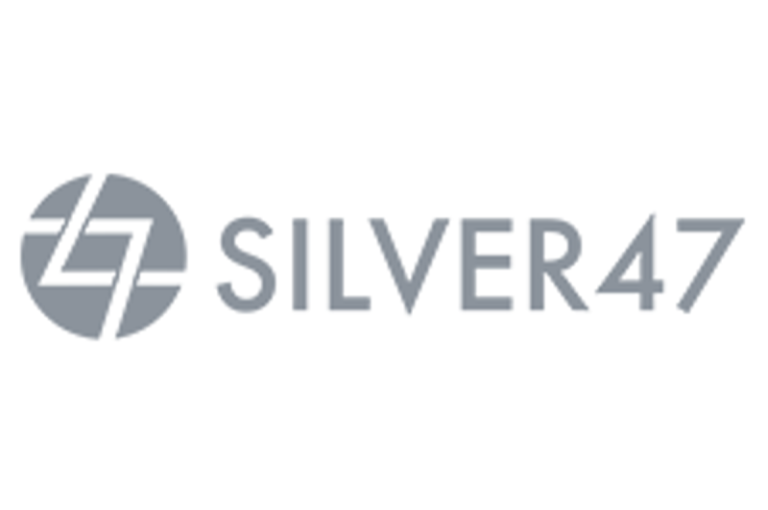Saga Metals Corp. (‘SAGA’ or the ‘Company’) (TSXV: SAGA,OTC:SAGMF) (OTCQB: SAGMF) (FSE: 20H) a North American exploration company focused on critical mineral discovery, is pleased to announce SAGA’s geophysics team has confirmed a 3 km continuous magnetic anomaly in the Trapper zone that remains open in both directions along strike.
Figure 1: Radar Project’s Trapper Zone depicting a 3 km magnetic anomaly and oxide layering trend. The Trapper Trail (in black) will support a new diamond drilling program.
Michael Garagan, CGO & Director of SAGA, stated: ‘Previous data from the regional aeromagnetic survey suggested two large anomalies existed within the Trapper zone, leading our teams to refer to the zone as north and south. Now, with the additional total magnetic intensity data, we can clearly see that we are dealing with one large, continuous anomaly, featuring our highest magnetic readings to date. This zone alone showcases a strike length and width comparable to those of notable other projects. The striking lateral continuity of the oxide layering in the Trapper Zone suggests that the layering is contiguous with the oxide layering identified in the Hawkeye Zone, adding further data to support a potential 20 km oxide layer strike.’
Figure 2: Radar Project’s prospective oxide layering zone extends for an inferred 20 km strike length, as shown on a compilation of historical airborne geophysics as well as ground-based geophysics in the Hawkeye and Trapper zones completed by SAGA in the 2024/2025 field programs. SAGA has demonstrated the reliability of the regional airborne magnetic surveys after ground-truthing and drilling in the 2024 and 2025 field programs .
Magnetic and VLF-EM Survey over the ‘Trapper Zone’
A ground-based magnetic survey was conducted over both the northern and southern sections of the Trapper Zone during July 2025. The survey utilized two GSM-19 Magnetometers to collect magnetic-field and VLF-EM data (using VLF Transmitter Cutler).
The survey used a grid of N-S lines, spaced 50 m apart, with observations made at stations spaced 20 m apart along the lines. The tightly gridded stations map a distinct NW trend of magnetic highs that correlates well with the exposures of oxide layering.
In a similar fashion to the Hawkeye zone, SAGA’s geophysics team reports strong magnetic responses within the Trapper zone, requiring recalibration of the geophysical instruments. While readings exceeded 74,000 nT in the Hawkeye zone, at the Trapper zone, they observed responses as high as 115,498 nT over the northern Trapper zone and over 113,000 nT over the southern Trapper zone. In some cases, the instruments reached the maximum level of detection (120,000 nt).
Figure 3: A screenshot of the Magnetometer GSM-19 geophysical instrument recording 115,498 nT over the Tapper zone.
Trapper Zone Excavator Trenching – Confirmation in Bedrock of Magnetite Layering
Early in this summer season, SAGA completed a 4 km access trail along the core of the Trapper zone, providing necessary access for future drill programs and exploration activities.
SAGA’s field team began follow-up of the Trapper zone magnetic responses in July. Gladiator Drilling’s 25-tonne excavator opened three trenches perpendicular to the inferred strike, exposing cumulate layers of semi-massive to massive vanadiferous titanomagnetite (‘VTM’) mineralization over a total of 504m 2 (5,425ft 2 ). See Figure 1. This strong confirmation of the magnetic responses is presently in its early stages and will require additional trenching and diamond drilling to delineate the dimensions of the gabbronorite/magnetite layering.
The Trapper zone is now confirmed as a similar occurrence to the Hawkeye zone, based on the early results of ground geophysical surveys and trenching. Taken together with the geophysical surveys and winter 2025 drilling results at the Hawkeye zone, the exploration potential of the 20 km long arcuate response of the regional aeromagnetic is confirmed. See Figure 2.
The high-definition details of the Trapper zone ground magnetic anomalies indicate multiple layers of the strongest magnetic layering and define additional detail to the regional magnetic responses. The pattern of magnetic anomalies indicates that the design of the next drilling and sampling phases should consider both the early geometry of the Dykes River Intrusive Complex and a later phase of open folding.
Figure 4.1: 25-tonne excavator completing a trench in the Trapper zone over the oxide layering trend.
Figure 4.2: 25-tonne excavator completing a trench in the Trapper zone over the oxide layering trend.
About the Radar Titanium Project
Located just 10 km from Cartwright, Labrador, the 24,175-hectare Radar Titanium Project is supported by existing infrastructure, including road access, a deep-water port, an airstrip, and nearby hydroelectric power. The property completely encompasses the Dykes River Intrusive Complex, a previously underexplored layered mafic body.
With a large oxide layering thickness, a near-monomineralic vanadiferous titanomagnetite (‘VTM’) composition, and extensive mineral tenures, the Radar Titanium Project shows the potential to become a globally significant VTM project.
Figure 5: Radar Property map, depicting aeromagnetic anomalies, oxide layering and the site of the 2025 drill program. The Property is well serviced by road access and is conveniently located near the town of Cartwright, Labrador. A compilation of historical aeromagnetic anomalies is shown. SAGA has demonstrated the reliability of the regional airborne magnetic surveys after ground-truthing and drilling in the 2024 and 2025 field programs.
Michael Garagan, CGO & Director of SAGA continued: ‘These geophysical findings further validate the importance of the team’s estimate that a 15,000-meter drill program can get us to our maiden drill-indicated mineral resource. With simple homogenous geochemistry, large oxide layers, seasoned experts supporting our technical analysis, upgraded infrastructure within the Trapper zone and strong provincial support through the JEA program we can fast track development and create meaningful value to shareholders in the near term at the Radar project.’
Continued Government Support
SAGA’s Letter of Intent was approved under the JEA 2025 program as a Critical Minerals Primary Exploration Target, recognizing the Property’s alignment with provincial and federal priorities to secure domestic supplies of key metals. With up to $143,949 in non-dilutive funding already approved, this support continues to offset exploration costs while advancing shareholder value.
Investor Relations Agreements
In addition, SAGA has engaged Think Ink Marketing Data & Email Services (‘ Think Ink ‘) to provide corporate awareness and digital marketing services.
Think Ink will leverage its expertise in native and display advertising, video content distribution, social media coverage, and targeted email marketing to enhance the Company’s digital presence and expand market awareness. The Company has budgeted up to USD $100,000 (the ‘ Compensation ‘) for the 3-month agreement. The Compensation is payable in monthly installments. Either party may terminate the agreement with thirty (30) days’ written notice, and any portion of the Compensation already paid that remains unspent or uncommitted as of the effective date of termination shall be returned to the Company.
Compensation to Think Ink does not include any securities of the Company, and Think Ink does not hold any interest, directly or indirectly, in the Company. Think Ink is at arm’s length to the Company and has no relationship with the Company outside of this engagement.
Think Ink Data & Email Services, Inc., is a California-based marketing firm established in 1991 that provides its customers with a complete range of marketing services that span both digital and direct mail venues. With its digital services ranging from data appending, email marketing and pay-per-click online banner and native ads, Think Ink helps its clients to reach a network of potential investors.
For further information about Think Ink Marketing, please contact: Claire Stevens, 310-760-2616, 3308 W. Warner Ave, Santa Ana CA 92704, Email claire@thinkinkmarketing.com .
Qualified Person
Paul J. McGuigan, P. Geo., is an Independent Qualified Person as defined under National Instrument 43-101 and has reviewed and approved the technical information related to the Radar Ti-V-Fe Project disclosed in this news release.
About Saga Metals Corp.
Saga Metals Corp. is a North American mining company focused on the exploration and discovery of a diversified suite of critical minerals that support the global transition to green energy. The Radar Titanium Project comprises 24,175 hectares and entirely encloses the Dykes River intrusive complex, mapped at 160 km² on the surface near Cartwright, Labrador. Exploration to date, including a 2,200m drill program, has confirmed a large and mineralized layered mafic intrusion hosting vanadiferous titanomagnetite (VTM) with strong grades of titanium and vanadium.
The Double Mer Uranium Project, also in Labrador, covers 25,600 hectares featuring uranium radiometrics that highlight an 18km east-west trend, with a confirmed 14km section producing samples as high as 0.428% U 3 O 8 and uranium uranophane was identified in several areas of highest radiometric response (2024 Double Mer Technical Report).
Additionally, SAGA owns the Legacy Lithium Property in Quebec’s Eeyou Istchee James Bay region. This project, developed in partnership with Rio Tinto, has been expanded through the acquisition of the Amirault Lithium Project. Together, these properties cover 65,849 hectares and share significant geological continuity with other major players in the area, including Rio Tinto, Winsome Resources, Azimut Exploration, and Loyal Metals.
With a portfolio that spans key minerals crucial to the green energy transition, SAGA is strategically positioned to play an essential role in the clean energy future.
On Behalf of the Board of Directors
Mike Stier, Chief Executive Officer
For more information, contact:
Rob Guzman, Investor Relations
Saga Metals Corp.
Tel: +1 (844) 724-2638
Email: rob@sagametals.com
www.sagametals.com
Neither the TSX Venture Exchange nor its Regulation Service Provider (as that term is defined in the policies of the TSX Venture Exchange) accepts responsibility for the adequacy or accuracy of this release.
Cautionary Disclaimer
This news release contains forward-looking statements within the meaning of applicable securities laws that are not historical facts. Forward-looking statements are often identified by terms such as ‘will’, ‘may’, ‘should’, ‘anticipates’, ‘expects’, ‘believes’, and similar expressions or the negative of these words or other comparable terminology. All statements other than statements of historical fact, included in this release are forward-looking statements that involve risks and uncertainties. In particular, this news release contains forward-looking information pertaining to the exploration of the Company’s Radar Project. There can be no assurance that such statements will prove to be accurate and actual results and future events could differ materially from those anticipated in such statements. Important factors that could cause actual results to differ materially from the Company’s expectations include, but are not limited to, changes in the state of equity and debt markets, fluctuations in commodity prices, delays in obtaining required regulatory or governmental approvals, environmental risks, limitations on insurance coverage, inherent risks and uncertainties involved in the mineral exploration and development industry, particularly given the early-stage nature of the Company’s assets, and the risks detailed in the Company’s continuous disclosure filings with securities regulations from time to time, available under its SEDAR+ profile at www.sedarplus.ca. The reader is cautioned that assumptions used in the preparation of any forward-looking information may prove to be incorrect. Events or circumstances may cause actual results to differ materially from those predicted, as a result of numerous known and unknown risks, uncertainties, and other factors, many of which are beyond the control of the Company. The reader is cautioned not to place undue reliance on any forward-looking information. Such information, although considered reasonable by management at the time of preparation, may prove to be incorrect and actual results may differ materially from those anticipated. Forward-looking statements contained in this news release are expressly qualified by this cautionary statement. The forward-looking statements contained in this news release are made as of the date of this news release and the Company will update or revise publicly any of the included forward-looking statements only as expressly required by applicable law.
Figures accompanying this announcement are available at:
https://www.globenewswire.com/NewsRoom/AttachmentNg/9841a97a-ca11-4546-abdf-5ffbe2d0f64b
https://www.globenewswire.com/NewsRoom/AttachmentNg/ea884fb4-3534-4d7d-a25a-d3e60557865e
https://www.globenewswire.com/NewsRoom/AttachmentNg/d30f8014-8d62-4f3c-82af-40d98cd92058
https://www.globenewswire.com/NewsRoom/AttachmentNg/ed7d7ce9-e2bb-42e3-9eb9-5794cb058e48
https://www.globenewswire.com/NewsRoom/AttachmentNg/39a28fc2-3a8b-4c82-b07d-8a1850438944
https://www.globenewswire.com/NewsRoom/AttachmentNg/9d067be1-0dfb-4ab3-bfaf-ed934cc0e0ee
News Provided by GlobeNewswire via QuoteMedia

